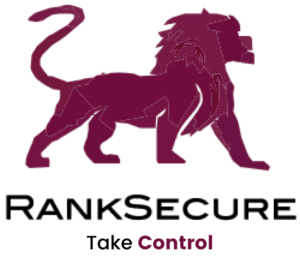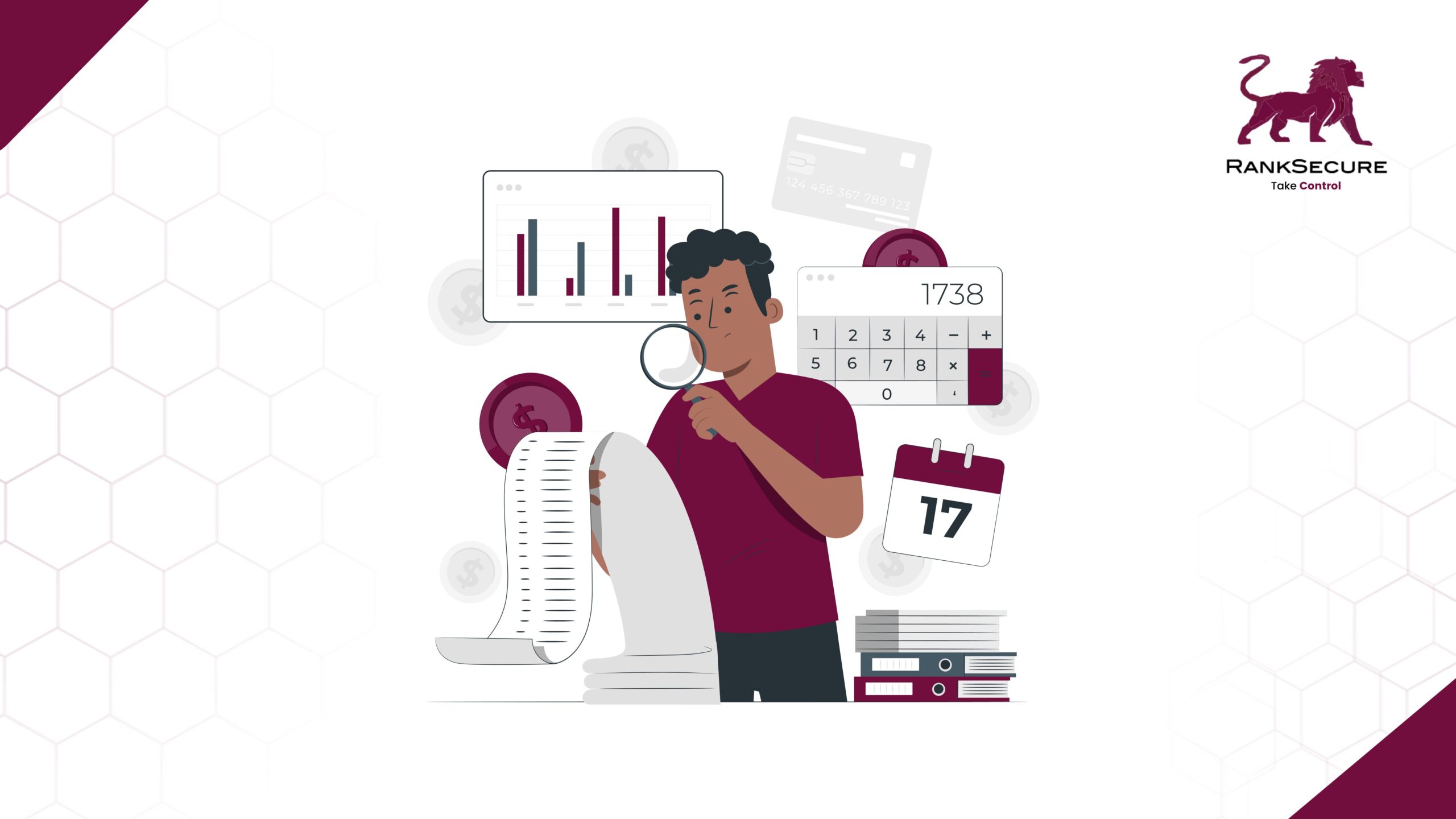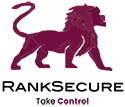For years, Governance, Risk, and Compliance (GRC) was seen as little more than a bureaucratic necessity. It was a set of rules and checklists designed to keep regulators satisfied. Compliance was often viewed as a cost centre, something businesses had to do but rarely something that added real value.
That is no longer the case.
Boards and executives today face growing pressure to demonstrate active oversight of risk. With new laws imposing personal liability on directors and regulatory fines hitting record highs, GRC has moved from a back-office task to a boardroom priority. In an environment where reputational damage spreads quickly and regulatory breaches can cripple growth, GRC has become a strategic lever for resilience and competitive advantage.
Forward-thinking organisations are shifting from a tick-box mentality to a model where GRC enables sharper decisions, stronger resilience, and measurable business value. At RS, we work closely with organisations to design GRC strategies that align compliance with real business outcomes, helping leaders strengthen governance while unlocking competitive benefits.
The Old Approach: Compliance as a Burden
Traditionally, compliance was siloed, reactive, and manual. Teams worked in isolation, focused on meeting the bare minimum required by law. This approach often meant:
- Fragmented efforts across departments
- Heavy reliance on spreadsheets and manual tracking
- Limited visibility into organisation-wide risks
- Risk management that was reactive rather than proactive
- Compliance fatigue as regulations kept shifting
The result was inefficiency, duplication of effort, and frequent blind spots. Businesses relying on outdated compliance processes were exposed to legal penalties, operational disruptions, and reputational damage. Often, they were not fully aware of their risk exposure until it was too late.
What Drove the Shift to Strategic GRC?
The evolution of GRC did not happen in a vacuum. Several key forces pushed businesses to rethink their approach.
1. Rising Regulatory Complexity
Businesses operating across regions now face an increasingly tangled web of laws and standards. A piecemeal approach no longer works. Modern GRC platforms provide a centralised view of compliance obligations, making it easier to track, manage, and demonstrate adherence across multiple jurisdictions.
2. Escalating Cyber and Data Privacy Risks
As cyber threats grow in scale and sophistication, data privacy laws like GDPR, HIPAA, and CCPA have raised the stakes. Companies need GRC tools that do more than tick legal boxes. Cyber risk management must now sit at the centre of business operations.
3. Technology and Automation
The rise of AI-driven GRC solutions has transformed how businesses approach compliance. Automated risk assessments, real-time monitoring, and dynamic reporting have replaced manual-heavy processes. This allows teams to focus on strategic risk planning rather than routine tasks.
4. Board-Level Focus on Risk
Today’s boards understand that risk management is not just an IT or legal concern. It is a business-critical issue. Effective GRC frameworks now link risk directly to strategic objectives, enabling leadership to make informed decisions that balance growth and resilience.
What Modern GRC Delivers
A 2023 global survey by Deloitte found that 51% of board members now rank risk management as one of their top strategic priorities. When GRC is integrated across the business, it provides far more than legal compliance. Key benefits include:
- Stronger Decision-Making Real-time data helps leadership assess risk accurately and make confident, informed choices.
- Operational Efficiency Automated workflows reduce manual effort, cut down human error, and improve coordination across teams.
- Improved Cyber Resilience Early identification of security and privacy risks helps prevent breaches and data leaks.
- Sustained Compliance AI-driven auditing keeps companies up to date as laws evolve, reducing the risk of fines and penalties.
- Risk-Aware Culture When GRC becomes part of everyday processes, employees across all levels become active participants in managing risk.
How Companies Are Putting GRC to Work
Financial Services: Staying Ahead of Regulations
A global bank, facing mounting compliance pressures across multiple countries, struggled with manual reporting and missed deadlines. By implementing an integrated GRC platform, the bank automated compliance tracking and gained real-time oversight. This reduced legal exposure and saved millions in potential fines.
Healthcare: Safeguarding Patient Data
A large hospital network needed to ensure HIPAA compliance while managing sensitive patient records. By deploying a modern GRC solution, they automated risk assessments, strengthened data security policies, and significantly reduced the risk of privacy breaches.
Retail: Strengthening Vendor Oversight
A major retailer with a vast network of third-party vendors lacked a standard way to assess supplier risks. With GRC software, they centralised vendor evaluations, automated compliance checks, and ensured all partners met legal and ethical standards. This strengthened their supply chain and reduced risk exposure.
Manufacturing: Boosting Workplace Safety
A manufacturing firm faced rising risks tied to workplace safety and equipment compliance. By adopting a GRC framework, they automated safety audits, tracked compliance in real time, and addressed hazards proactively. This reduced downtime and enhanced legal compliance.
Tech Sector: Proactive Data Privacy Management
A leading software provider managing large volumes of customer data needed airtight GDPR compliance. Using GRC technology, they implemented real-time privacy risk monitoring, automated compliance workflows, and created rapid-response protocols for security incidents. This minimised legal and reputational risk.
Building a Future-Ready GRC Strategy
To move from basic compliance to a fully integrated GRC model, businesses should:
- Invest in Scalable GRC Tools: Choose solutions that integrate with existing systems, support real-time reporting, and can grow with the business. RS offers guidance on selecting and implementing GRC tools that match your operational landscape.
- Break Down Silos: Encourage cross-department collaboration to create a unified approach that covers governance, risk, and compliance holistically.
- Leverage AI and Automation: Adopt advanced GRC platforms with built-in analytics, predictive risk modelling, and automated workflows.
- Review and Refine Regularly: Ongoing audits and risk assessments help keep the strategy sharp and responsive as regulations evolve.
- Elevate GRC to a Business Priority: Position GRC as a central part of business planning, with leadership driving its adoption and continuous improvement.
What’s Next for GRC?
The next stage of GRC is intelligence, adaptability, and broader scope. AI, machine learning, and predictive analytics are already reshaping risk management by enabling companies to:
- Detect and mitigate risks before they escalate
- Automate compliance tracking in near real time
- Respond quickly to new regulations and emerging threats
- Build resilience that supports long-term growth
In parallel, the rise of ESG (Environmental, Social, and Governance) reporting is expanding the scope of GRC beyond traditional compliance. Investors, regulators, and customers increasingly expect transparency on environmental impact, social responsibility, and governance practices. GRC frameworks are evolving to integrate ESG risks and metrics, helping businesses manage not just compliance but broader stakeholder expectations.
Companies that adopt these advanced tools and frameworks early will not just stay compliant. They will build a clear competitive advantage in an increasingly unpredictable landscape.
Final Thoughts
GRC has evolved from a back-office function into a strategic driver of resilience and growth. Companies that invest in modern GRC frameworks are not only meeting legal requirements. They are strengthening their ability to navigate uncertainty and seize new opportunities.
By combining advanced technology with a proactive risk culture, businesses can transform compliance from a burden into a foundation for innovation, resilience, and sustainable success.
RankSecure helps organisations develop future-ready GRC strategies, combining advanced technology with expert guidance to strengthen governance, risk, and compliance. To explore how we can support your business, contact us today.







